~ * ~
This article is written by Tamara Dinius
Mail art is created by the artist and generally sent via the postal service to the end receiver. Although the receiver of the mail art will be thrilled with the package, it may be surprising to realize how many others are also touched by the art. Each and every person who handles the mail en route will have an opportunity to view and enjoy your piece of artwork and it’s nice to be able to make someone’s day more cheerful!
I started sending mail art to my daughters when they were in college. At first, I created mail art using mixed media art techniques on white envelopes. I added phrasing or quotes that I thought my daughters would enjoy. My husband took the letters to the post office for mailing and was surprised at the response from the clerks behind the counter. They loved them! They even asked where we had purchased them. When he explained that I made them, they were quite impressed …and this made my day!
I still use mixed media techniques but many of my envelopes have become quite grand. I have experimented with using the standard goldenrod office envelopes, as well as the brightly colored envelopes that you can purchase at your office supply store. I have enjoyed using all the different products but typically come back to the basic white envelope for most of my mailings. I find the colors I use show up more vibrantly on the white…and this girl is all about color!
I have also started packaging my Etsy store orders in these envelopes when sending out a shipment. It is a nice way to say “thank you” to the buyer for purchasing from my store.
Mail art is easy to send and does not require anything special prior to posting at your local post office (send you husband..he will love the response he gets). I typically add a white label with the recipients address for ease of sorting, but it is not required at my local post office. I would encourage you to check with your local post office to find out if they have any special requirements but I have sent hundreds of my mail art without an issue.
The holidays are a wonderful time to send some mail art when sending out your holiday cards!
~*~*~*~*~*~*~*~*~*~*~*~*~*~*~*~*~*~*~*~*~*~*~*~*~
Tamara Dinius lives in the Pacific Northwest with her husband and chocolate lab. She has two grown daughters who make her life meaningful. They support her, ground her, embrace her, and are amazing people in their own right.
Her love for mixed media has taken over most aspects of her creative journey. She believes mixed media allows for a broad range of styles and anyone can find success in this form of artistic expression.
You can find more of Tamara’s work on her website Women, Wine & Words, Etsyshop, or via her Facebook
~*~*~*~*~*~*~*~*~*~*~*~*~*~*~*~*~*~*~*~*~*~*~*~*~
.
.















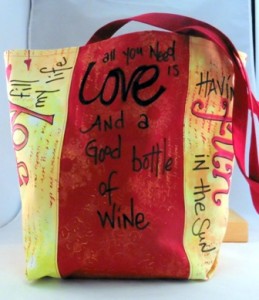
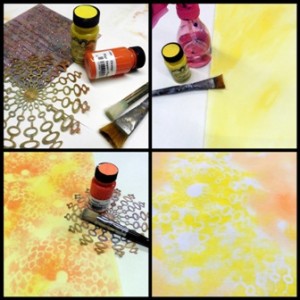
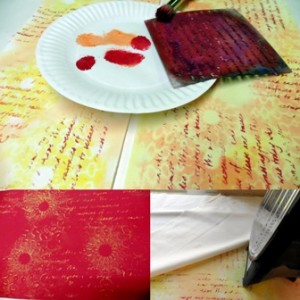
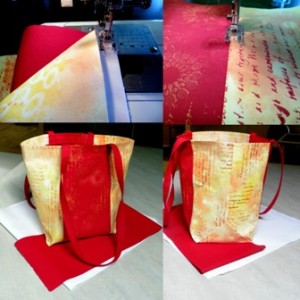
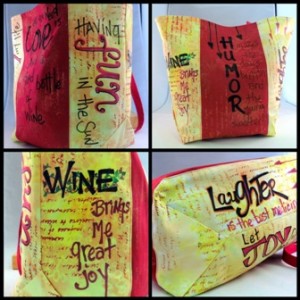
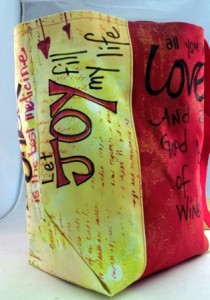
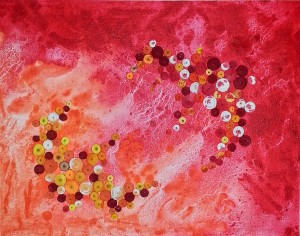
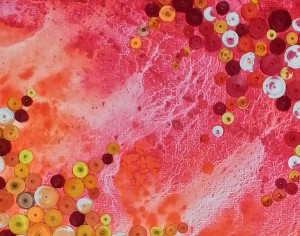
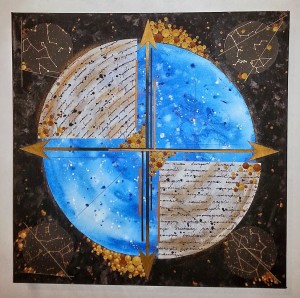
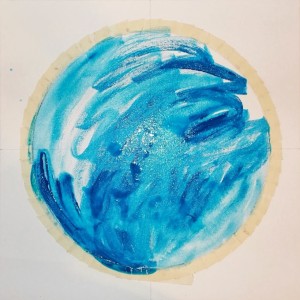
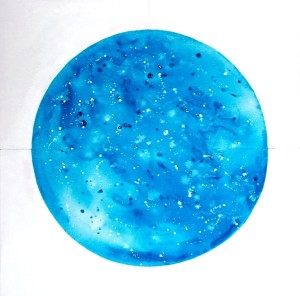
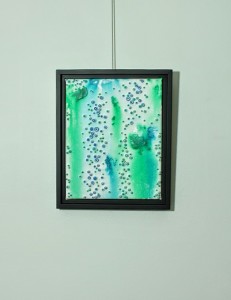
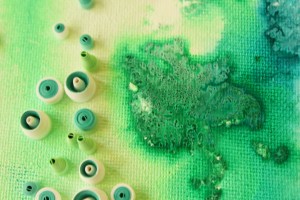



Recent Comments